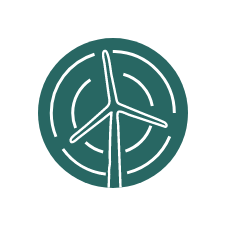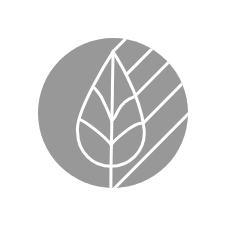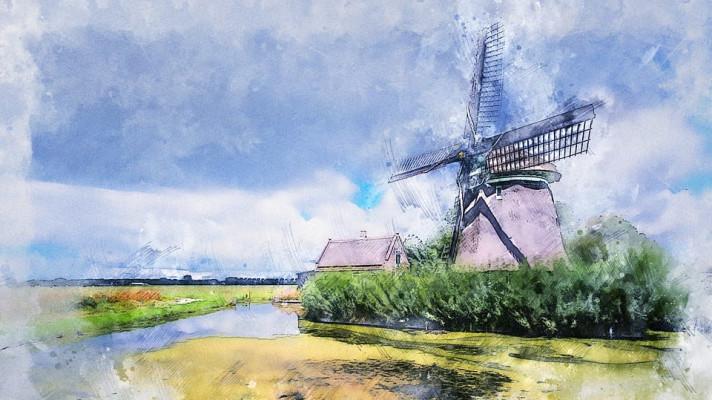The History of Renewable Energy: A timeline of five common renewable energy sources
Over 2,000 years ago, the Greeks used the water wheel to grind wheat into flour. Today, the same concept (hydropower) can generate enough electricity to power an entire city. For thousands of years, man has sought to harness the earth's elements for energy. We only now live in an age where it's possible to commercialise energy on a global scale.
And as many of us become more eco-conscious, so does our yearning for more renewable energy options in our day to day lives.
But where do these green alternatives to fossil fuels originate from?
Our timeline tracks the evolution of the five oldest and most popular renewable energy sources - from their primitive use, through the industrial revolution and into the 21st century.
Plus, we'll touch on the future of these energy sources - and the countries that are leading the way.
 |
HydropowerHydropower uses flowing water to power machinery and generate electricity. For example, grain grinding machinery on farms and hydroelectric energy plants to power cities. The fuel used in hydropower -- water -- isn't diminished in the process. |
 |
Solar energySolar energy uses the sun's rays for electrical generation and heating via solar cells in solar panels. This technology powers all types of things from wristwatches and households to satellites in space. Solar energy is an inexhaustible (until the sun burns out) and free source of energy. |
 |
Wind energyWind energy uses the same principles as hydropower, in that the source of energy (wind instead of flowing water) spins a wheel or turbine to generate electricity. While this is a renewable source of energy, it can't make electricity on demand - as it relies on the wind to be blowing. |
 |
Geothermal energyThe word 'geothermal' comes from the Greek word geo (earth) and therme (heat). Geothermal energy harnesses the earth's underground hot water and steam for heat and electricity generation. Geothermal energy is more readily available in areas affected by volcanism. |
 |
BioenergyBioenergy uses organic materials like wood as fuel. There are two types of bioenergy; biomass and biofuel. Biomass refers to organic matter like wood and animal/plant waste, while biofuel is extracted from organic matter to create fuels like biodiesel and ethanol. |
The four major roles of a renewable energy source
- electricity generation;
- air and water heating/cooling;
- fuel for transportation and;
- rural (off-grid) energy services, e.g. windmill
The benefits of using renewable energy instead of fossil fuels
- free source
- emit zero or minimal amounts of greenhouse gases
- sustainable/won't run out
Sep 28, 2020
https://www.comparethemarket.com
To be continue
